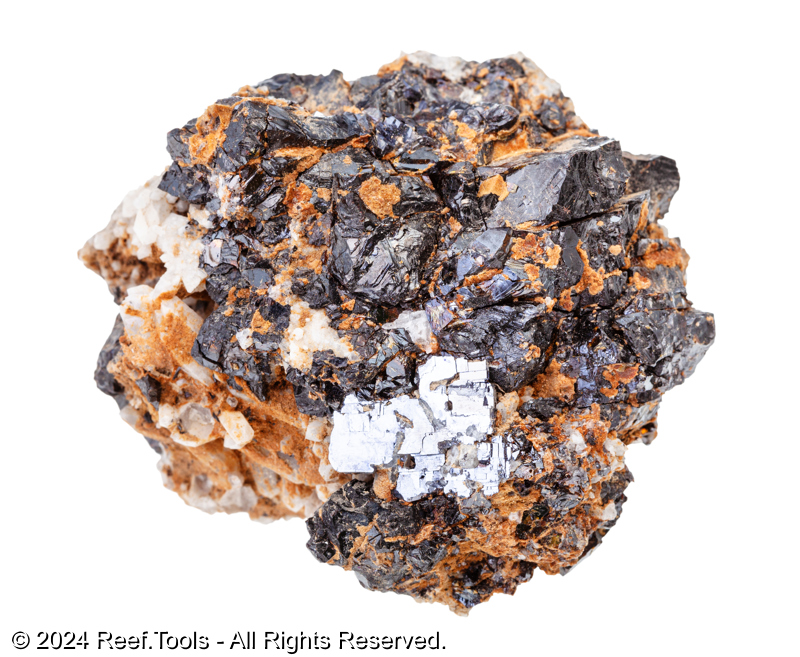Zinc (Zn)
Transition Metals
Atomic Number: 30
Last Reviewed: 12/14/2024
Zinc is a vital micronutrient for marine organisms, acting as a cofactor in numerous enzymatic reactions and contributing to protein synthesis and cellular function. In reef aquariums, maintaining appropriate zinc levels is crucial for the health of corals and other marine life.
Natural Seawater Levels
Zinc concentrations in natural seawater typically range from 0.03 to 0.05 µg/L, though levels can vary based on environmental factors.
Risks
Deficiency: Insufficient zinc levels can impair enzymatic activities, leading to reduced growth rates, compromised immune function, and poor tissue repair in marine organisms.
Excess: Elevated zinc concentrations can be toxic, causing oxidative stress, disrupting cellular functions, and leading to mortality in sensitive species.
Relevancy
Enzymatic Functions: Zinc is a component of various enzymes, including carbonic anhydrase and alkaline phosphatase, which are essential for metabolic processes in marine organisms.
Protein Synthesis: It plays a role in the synthesis of proteins and nucleic acids, influencing growth and repair mechanisms.
Immune Function: Zinc is involved in the immune responses of marine organisms, aiding in disease resistance.
Ocean Values
| Reference Name | Low | High | Optimal | Unit |
|---|---|---|---|---|
| Red Sea Ocean | 2.0000 | 7.0000 | 5.5000 | µg/L |
| Australia Ocean | 3.0000 | 10.0000 | 5.0000 | µg/L |
| Hawaii Ocean | 2.0000 | 10.0000 | 5.0000 | µg/L |
Regional Variations
Zinc concentrations in seawater can vary based on local environmental conditions, such as proximity to industrial activities or natural mineral deposits.
Dosage Recommendations
Target Level: Maintain zinc concentrations consistent with natural seawater levels (0.03 to 0.05 µg/L).
Adjustment: Supplement zinc cautiously if levels fall below natural seawater concentrations, ensuring not to exceed recommended levels to prevent toxicity.
Handling
Testing: Utilize reliable testing methods to monitor zinc concentrations accurately.
Intervention: Adjust zinc levels through controlled supplementation or water changes based on test results.
Reef.Tools recommends: Maintain Zinc (Zn) concentrations between 1.0000 and 3.0000 µg/L.
References
- Dawood, M. A. O., Alagawany, M., & Sewilam, H. (2022). "The Role of Zinc Microelement in Aquaculture: a Review." Biological Trace Element Research, 200, 3841–3853. doi.org
- Leung, Y. H., et al. (2009). "Toxicities of nano zinc oxide to five marine organisms: influences of aggregate size and ion solubility." Analytical and Bioanalytical Chemistry, 396, 609–618. doi.org
- "Toxicant default guideline values for aquatic ecosystem protection: Zinc in marine water." (2019). Australian and New Zealand Guidelines for Fresh and Marine Water Quality. waterquality.gov.au
Difficulty
Rating: Moderate
Maintaining appropriate zinc levels requires regular monitoring and careful management to prevent toxicity or deficiency.
Categorization
Element Type: Transition Metal
Role: Trace Element
Not Usually Deficient
Regular water changes with quality salt mixes typically replenish zinc, preventing deficiencies.
Essential
Zinc is involved in critical enzymatic processes and overall cellular function in marine organisms.
Aliases
Zn
